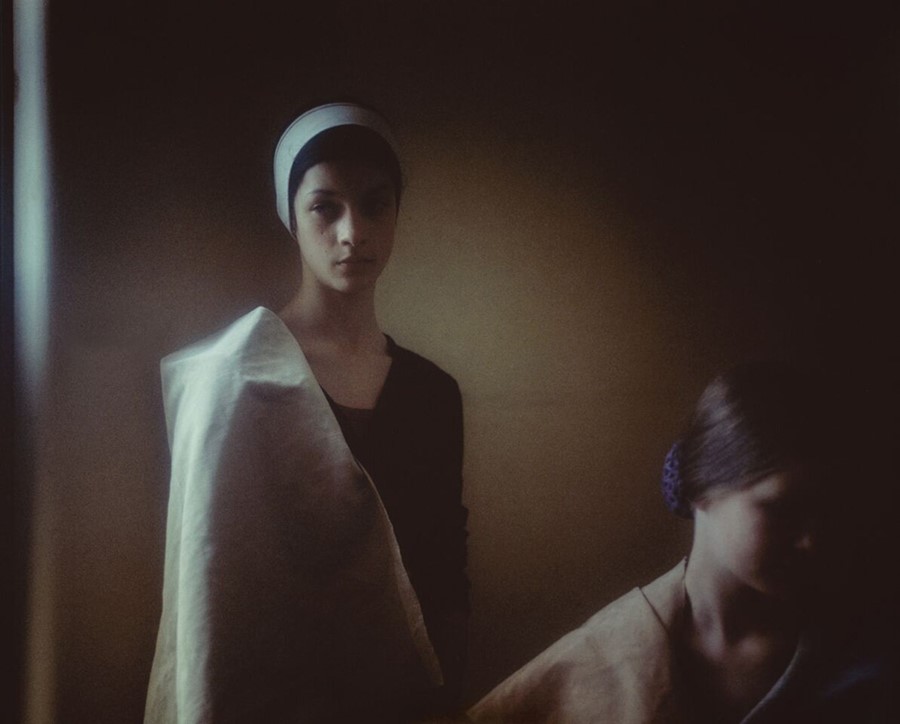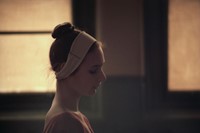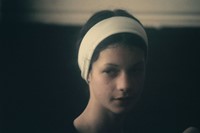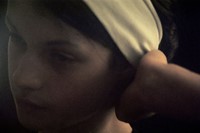The Australian photographer reveals the stories behind his hauntingly beautiful images of dancers in training
Australian photographer Bill Henson is a master of chiaroscuro – his brooding images painterly studies in light and shade. "I painted and drew and made things out of clay constantly from earliest childhood," he explains to AnOther, "and only became interested in photography at the age of 13 or 14. Before that, I never imagined for a second I would ever do anything else." But in capturing the world through a lens, Henson soon found that he could document qualities that he was unable to render in paint – and before long he was hooked.
Now aged 60, Henson is often celebrated as an investigator of "twilight zones," his work frequently probing at boundaries – between man and nature, youth and adulthood, male and female. Simultaneously, Henson's literal employment of twilight-level illumination conjures up feelings of heightened emotion within the viewer, the images at once haunting and mesmerising in their modern romanticism. These themes have preoccupied Henson since the beginning of his career, as demonstrated by a beautiful new book Particle Mist, which brings together three of his earliest series: ’Untitled 1974’, ‘Untitled 1975’ and previously unseen photographs from an unfinished work begun in 1976. The subjects of the book are young ballerinas, lost in a reverie as they practise dance in a dimly lit studio; but through Henson's lens they could just as well be the protagonists of a 17th century Dutch masterpiece. Here in celebration of the book's release, we sit down with Henson to discover more about its curation and the connection between dance and photography.
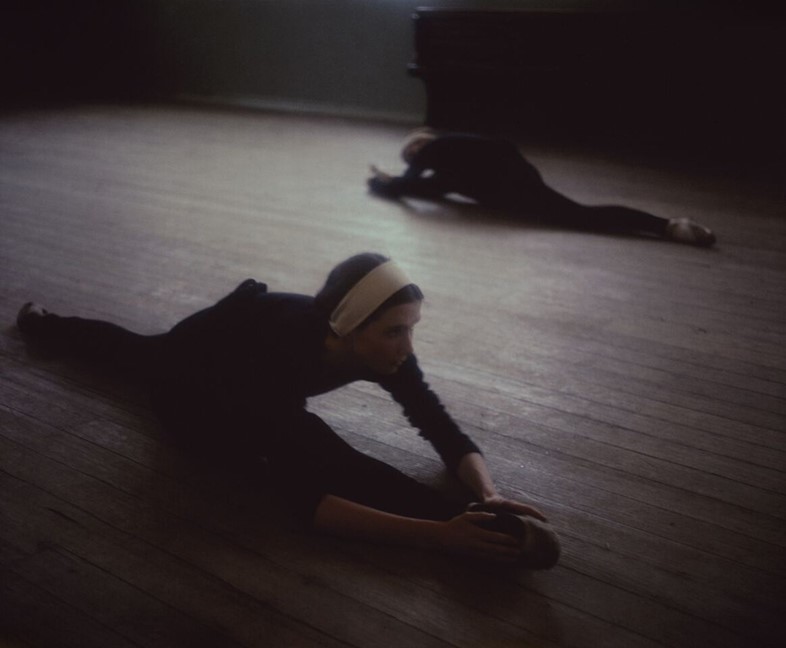
On the subject of ballet...
"When I first encountered ballet, as depicted in these works, it wasn’t so much the dancers that struck me as the light and atmosphere of the space in which they were rehearsing. There was an otherworldly twilight created by the darkened and dusty windows in this old studio which seemed to hold the dancers in thrall. Gradually I came to realise that these spaces and the people who inhabit them start to become one. If you will, some kind of profound equivalence begins to reveal itself and through this process, the real main subject of the photographs simply becomes the deep strangeness of being in the world."
On creating anti-portraits...
"Around the time I was taking these photographs, in about 1974, I began to work closely with a model and witnessed this gathering realisation on their part that the images were simultaneously both ‘of them and not of them.' It was then that I discovered that what interested me, and what fascinated the model as well, was not the particularity of portraiture itself but rather the ambiguous and universalising nature of the archetype – we were making anti-portraits."

On photographing what can't be seen...
"I’ve always had the feeling that it was what went missing in the picture that counted; that thing which is powerfully apprehended but not fully understood. In photographs it is more likely that what goes missing in the shadows will animate the speculative capacity and cause us to wonder, than the information that is clearly visible and comprehensible. This can be quite haunting in its effect. This is why, to my mind, photography is the most profoundly contradictory of mediums: one has this veracity, a dumb literalness – the evidential authority of the medium to which we are so conditioned – and yet simultaneously, there must be the potential to universalise the subject and to suggest abstraction."
On the correlation between photography and dance...
"I think that dance and photography are connected by that loss of self; that contemplation that takes you away to another place. In terms of viewing photography or dance, to be ‘distracted’ is what we all long for when experiencing art or music or performance – to be mesmerised by the movement of a great dancer or the true magic of a great piece of sculpture. The book is in fact presented in three acts, much like a ballet might be, and the concept of sequence is equally as important within the context of viewing the images as it is in choreography."
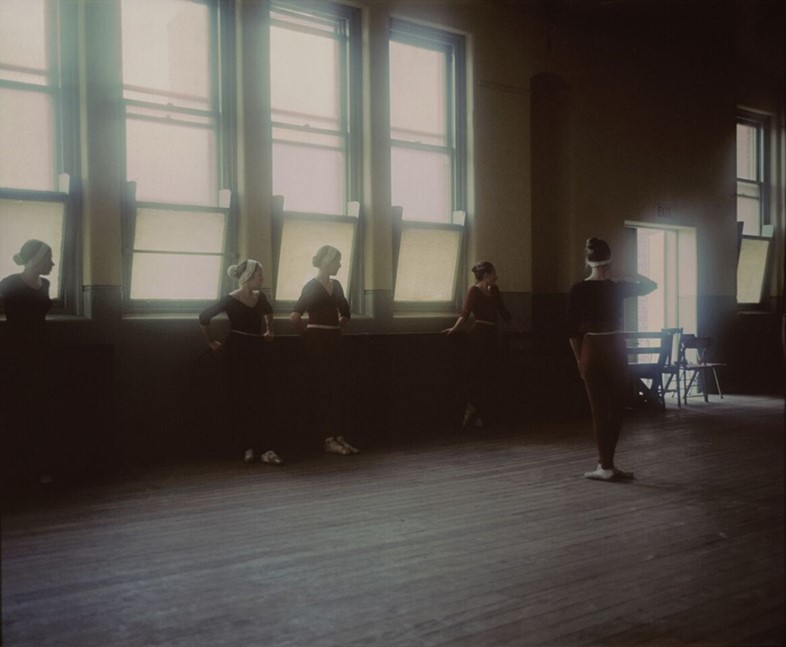
On film vs. digital...
"I still shoot on film but made the transition to scanning my negatives and printing digitally about eight years ago. Of course shooting digitally is an entirely different thing to using film in a camera – just think how differently we relate to the subject and how differently the subject, if human, must relate to us if one can constantly review the trajectory of a shoot. With film, one never knows exactly what has been achieved and what has been lost, one must wait for the film to be processed. The level of concentration, the wondering and expectation are of an altogether different order. To my mind, the main thing one loses when shooting digitally is the sense of formality and trust."
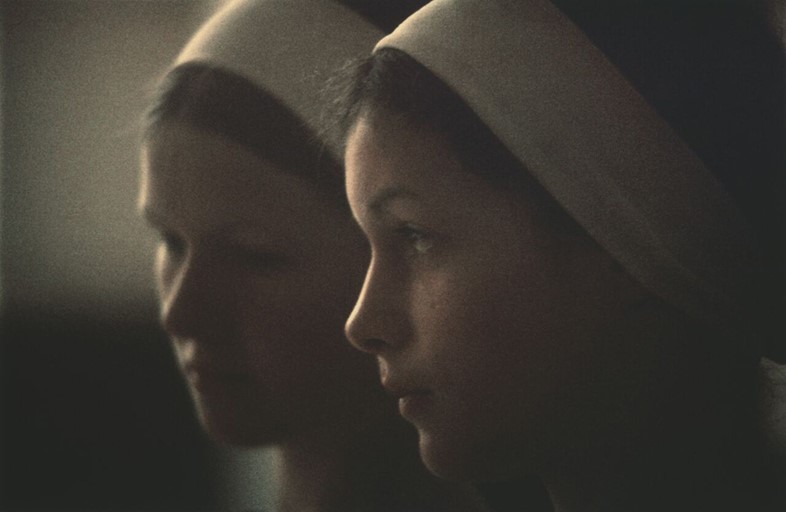
On the advice he would give his younger self...
"What I say when I’m asked to speak at an art school is that one should stop worrying about ‘whether I’m an artist not’. That's so unimportant. You should think about what you really like – what you find fascinating – and concentrate on that. There only two things you can try to do: be true to yourself, and to not stop working – the rest history sorts out."
Particle Mist by Bill Henson is available now, published by Stanley/Barker.
